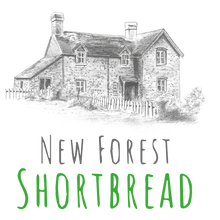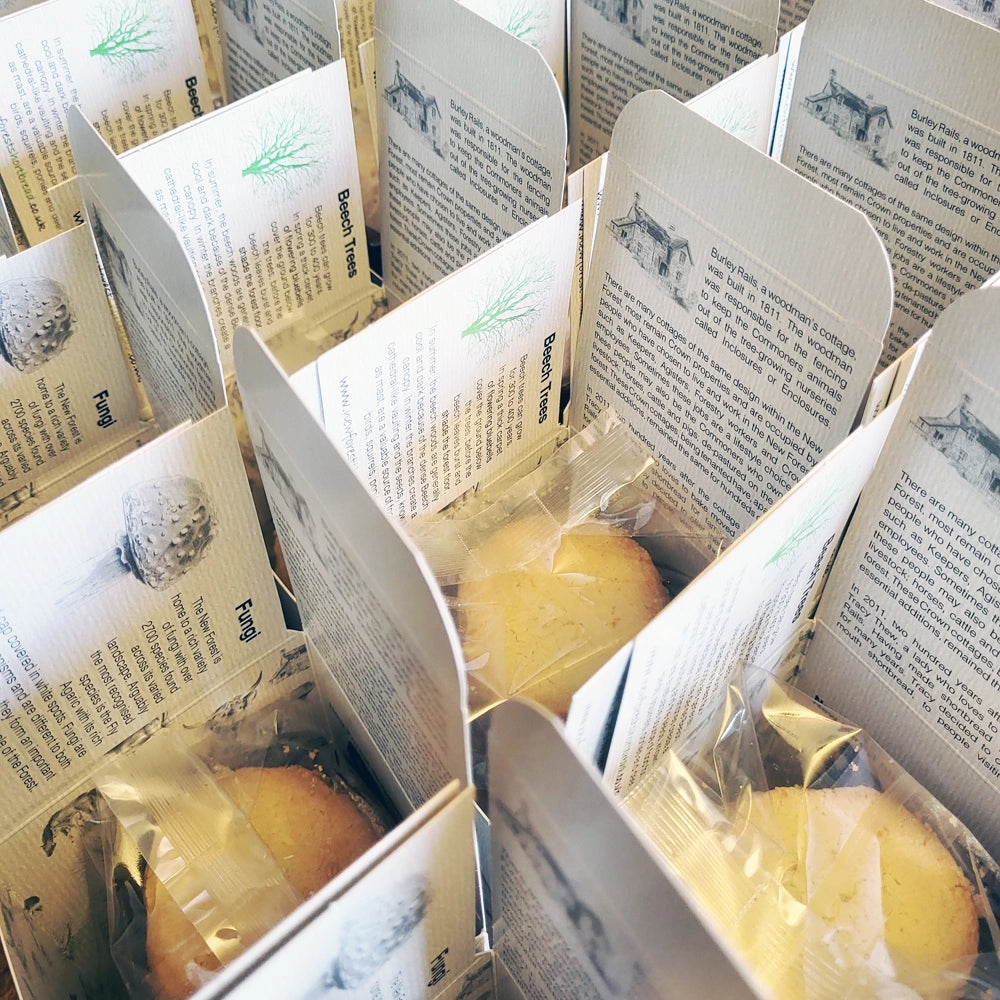During the autumn months, it’s not an uncommon sight to see pigs roaming the forest floor. The reason for this is one of Pannage!
Pannage is the practice of releasing domestic pigs into a forest (also known as ‘Common of mast’), and goes all the way back to the time of William the Conqueror, who founded The New Forest in 1079.
The pigs are released onto the forest to eat fallen acorns, beechmast, chestnuts and other nuts; green acorns in particular are poisonous to the New Forest ponies and cattle which roam the forest the majority of the year.
Up to 600 pigs and piglets will work their way through the forest eating the acorns and nuts from the forest floor. It is the only time of year that the pigs are allowed to ‘roam’ the open forest, the rest of the time they are kept in their smallholdings by the commoners. In the 19th century the number of pigs released for pannage was as high as 6,000.













Leave a comment